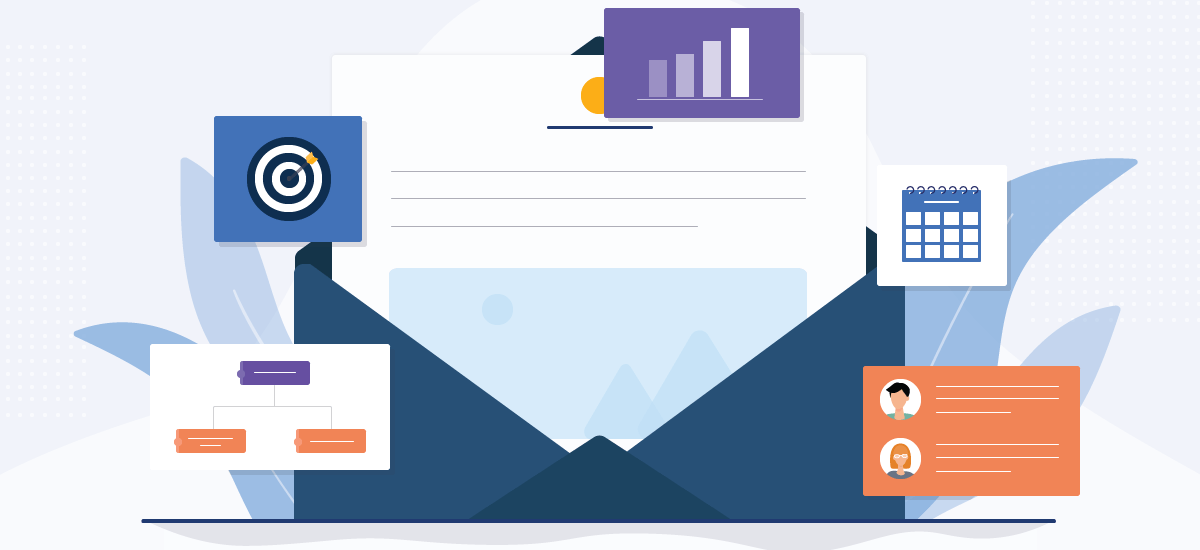When you go to a new restaurant, how would you feel if you weren’t warmly greeted when you arrived? It might not be a very big deal for you and you would continue eating your meal, but it’s likely that the atmosphere of the place is less welcoming to you and chances are high that next time you would think of going somewhere more welcoming.
First impressions are extremely important and can make or break opportunities. The first email that you will send to your users after you get their emails is your website’s or brand’s first impression category, as is your homepage or landing pages. In this article, we’ll show you how to prepare attractive welcome emails and some examples of welcome email templates to give you some inspiration.
- What is a welcome email?
- Types of Welcome emails
- Why are welcome emails important?
- How to prepare a decent welcome email
- Share useful information
- Personalize it
- Write a good subject line
- Reinforce trust
- Remember it’s a part of nurturing
- Design a clear Call To Action
- 10 welcome email template examples
- eBay
- Last pass
- Data camp
- GitHub
- Dropbox
- Coursera
- Rigby
- Twelve South
- Lazy Oaf
- Under Armour
- Final words
What is a welcome email?
A welcome email is an email that you send to a new lead, customer or subscriber (for blog, newsletter, etc.) of your website. Welcome emails can be a part of the onboarding or nurturing process or both marketing plans for your website or brand. They play a major role in customer retention, since they also have the highest rate of open and click-through rates among email campaigns, so it’s worth spending time designing your welcome email and crucial to select the content and design carefully.
Types of Welcome emails
General
This is an email you send when a user signs up and/or creates an account on your website. The email serves to welcome them and, according to your email marketing strategy, you can use it to offer discounts, coupons and more to increase engagement and conversion.
Subscription
This is an email you send when a user subscribes to your blog, newsletter or, depending on the type of business you run, purchase a plan or course to welcome them or give them the information they need to use or continue on your website.
Why are welcome emails important?
With a 30.69% open rate worldwide, they stand in the top email marketing campaigns. This statistic alone shows how important Welcome emails are, but if you are not convinced yet, check out the statistics below based on some studies:
- 74% of people expect to receive a Welcome email immediately after they subscribe, but only 57% of brands send Welcome emails—so if you start sending them, you can easily get ahead of 43% of your competitors.
- Subscribers who receive a Welcome email show 33% more engagement with the brand.
- Welcome emails have a 14.4% click rate, while this figure is just 2.6% on average for other email campaigns.
These stats are enough to convince any marketer to start a welcome email campaign as soon as possible if they don’t have one already.

In the next section, you will find the information you need to create an effective welcome email.
How to prepare a decent welcome email
A powerful welcome email should follow certain criteria that you should notice when designing yours, but, like all email marketing campaigns, there is no single correct way.
Share useful information
The content of your email should be helpful for new users, so based on your business, try to find that info and add it to your email. This can obviously vary but there are some fundamentals you should follow, which include:
- Highlight the advantage of your service or product over others. The welcome email is a great place to talk about it since it’s almost the beginning of the customer journey. As they say, “first impressions are the most lasting.”
- Connect users to your forum or social media channels to deepen the relationship.
- Talk about your responsibility for your product or service by mentioning the guarantee or support, for example.
Personalize it
There is a direct relation between personalization and satisfaction that will increase the chance of better CTR and conversion. Why? Simply because with personalization users see more relevant content and will pay more attention, a behavior which studies support by showing an 139% increase in click-through rates for personalized emails. Growmatik will help you to create personalized emails using a drag & drop builder and some clicks.
Write a good subject line
The truth is, if you don’t have an enticing subject line, no matter how useful or well designed your email content is, it won’t get clicked and your marketing efforts just go to waste!
Here are some of the tips on how to write a good subject line:
- Keep it short
- Use a joke
- Write an intriguing sentence
- Personalize it (Growmatik allows you to personalize the subject line of your email as well)
- Avoid advertising language
- Use emojis
- Mention offers or discounts
- Use numbers
Here are some good examples of subject lines:
- Get a sneak-peek of our new course




